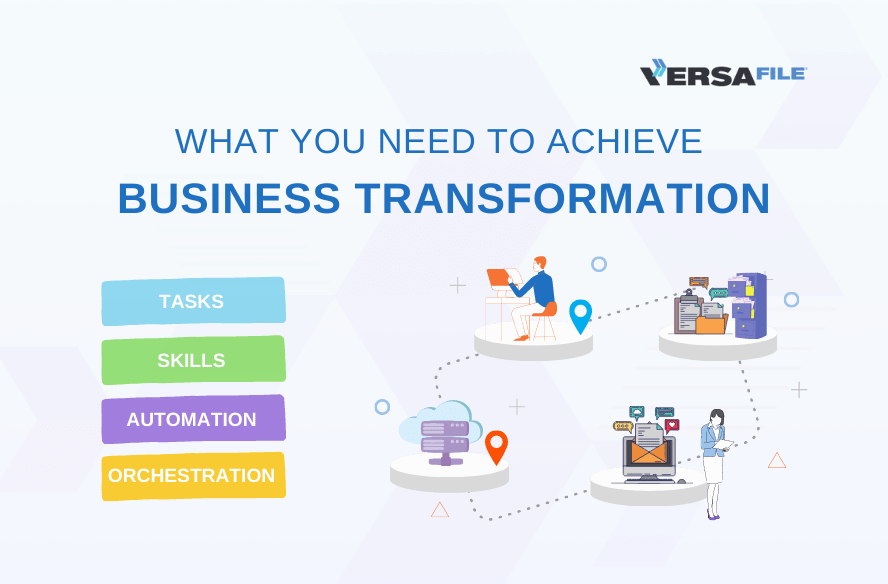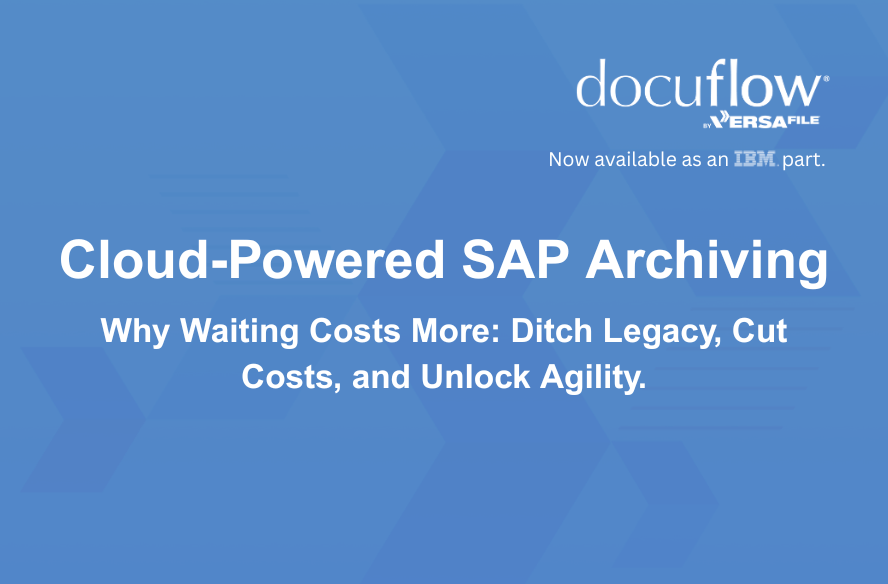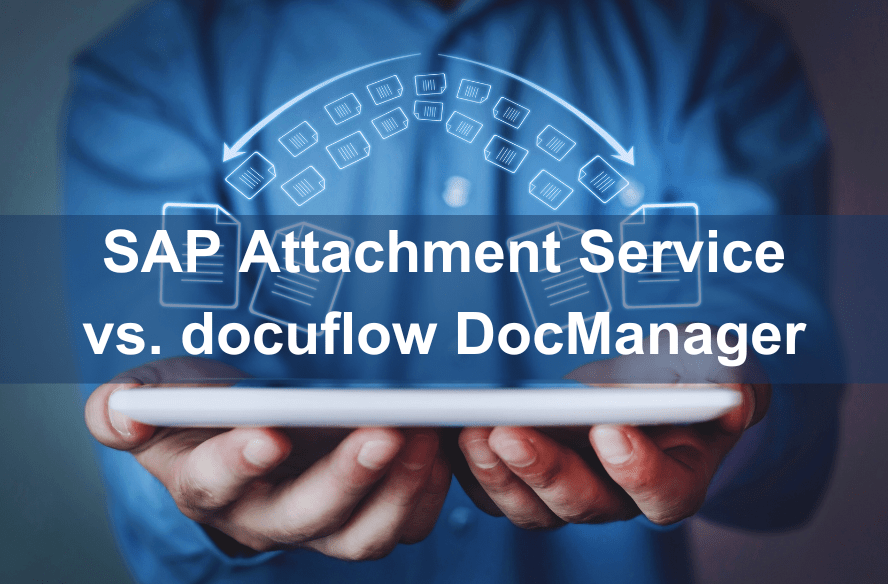Task Automation vs. Process Automation vs. Business Orchestration:
Which do you need?
If your business is like many other businesses, you’re ready to free up some time for employees to concentrate on adding business value rather than spending hours each day executing routine manual tasks.
Your business may also be on a digital or business transformation journey where the expectation is that leveraging new technologies and business automation tools will result in a better customer experience, more efficient operations, or help achieve another business goal.
However, there seems to be some confusion about what sort of automation to pursue and what kind of outcomes that businesses can expect. The fact is any automation makes good business sense. Technologies such as RPA and BPM deliver outstanding automation results. By automating repetitive, error-prone tasks that don’t require much brainwork, workers can save time and be more productive. Tying tasks together to automate a workflow provides businesses with more of the same benefits: saved time and cost with fewer errors.
But to realize actual business transformation as you leverage your technology investments; orchestrating processes and workflows gives businesses end-to-end automation solutions that can also deliver insights that aren’t possible through task and process automation alone.
Let’s take a look at where the technology industry is going in terms of automation, the types of automation that are delivering value, and in general, the types of outcomes businesses can expect.
Task Automation for Efficiency
The most basic type of automation is task automation. For example, getting a Beacon score is a task generally done by people but can easily be automated in different ways. For example, you can build a bot, write a script, use a web service, or find a similar way to execute that task and deliver a result, in this case, a customer’s Beacon score.
If you know that getting a Beacon score takes someone 15 minutes and happens 20 times per day, you can quickly calculate the ROI. So, in this case, the organization saves about five hours per day if the task is automated.
Skill Automation for Reusable Tasks
An emerging concept in business process automation is the idea of automating skill sets, or what the industry simply calls, “skills.” An automated skill is a pre-built set of capabilities that can be invoked whenever needed to complete a task.
For example, updating a ledger is a skill that might involve going into one system and copying specific information, then going into Excel, opening the correct Excel file and then pasting that into the correct spot on the spreadsheet.
Unlike a task, a skill can be informed with experience and knowledge by drawing on data and machine learning to make skills more intelligent. Skill automation gives companies similar business benefits as task automation: saved time and improved accuracy with the added benefit of being able to reuse the same skill for other similar processes.
Several technology companies have tools to automate and reuse skills, including IBM, UiPath, and Automation Anywhere.
Process Workflow Automation for Better Data
Once you have a set of tasks automated, and perhaps even some skills, you can tie them together to automate a process or workflow.
Let’s say you’d like to automate the process of signing a customer up for a new account. The workflow is:
- The customer fills out a form online and submits it
- The system receives the form and uses the form information to set up the account
- The system sends the account paperwork to the content management system
- The customer receives an automated confirmation that the account is live with an offer to upsell
There are many tools to automate processes and workflows, including IBM Business Automation Workflow.
In terms of business benefits, organizations save time by streamlining an entire process, and at the same time, organizations get better, more accurate data and reporting to inform future process efficiencies or to support compliance. And, the business has an end-to-end digital process that supports its transformational goals.
However, while task, skill, and process automation can help organizations to do a lot more in less time, these types of automation, on their own, aren’t transformative because there’s no synergy built into these types of automation to provide the higher levels of insight businesses need to transform. But when you apply automation across a series of workflows, you can get deeper insight. For example, instead of just tracking customer transactions, you can also track the entire interaction a customer has across your various lines of business. You get a more complete picture of who that customer is and what they’re looking for—actionable information that can enable you to upsell or cross-sell something relevant to the customer’s life.
Process Orchestration for Business Transformation
Process orchestration is a definitive step toward real business transformation. By orchestrating several tasks, processes and skills using an orchestration tool, organizations can get a more holistic view of how their operations support their objectives.
By capturing data along the entire process—beginning with feedback on the customer experience and continuing with the mini-processes across various systems along the way—businesses can take the greater whole of all these data inputs to get a much clearer picture of how efficient they are. Businesses can see where bottlenecks may still be lurking in the background, how they audit the customer, how they follow up with the customer, and down the road, see if the customer turned out to be as profitable as anticipated.
As an example, let’s say you’re managing a benefits plan for an airline and your interactions with that airline are through its plan administrator, but you have 100,000 plan members getting benefits through the plan. What if you could treat each of these plan members as a potential customer for individual products and services?
The only way to do that is to have visibility into the relationship with each plan member, rather than just visibility into the relationship with the Airline’s plan administrator. With a process orchestration tool and the underlying data insights, you can have more visibility into how plan members interact with the plan, and can answer questions like: How are they spending money through the plan? What kinds of claims are they making? With these and other insights, you can position relevant products and services directly to members based on the data collected through process orchestration. Process orchestration gives organizations the opportunity to better understand if their business processes actually deliver the value the organization expects.
In this way, process orchestration can be transformative because the results give businesses the opportunity to rethink how they work with customers, and it enables businesses to better attract the most profitable customers and upsell them with products and services relevant to them based on the data that’s been collected along the way with process orchestration. It also puts businesses on a clear path to the digital transformation they’re looking for, such as capturing a larger share of the customer’s wallet.
Tools for process orchestration are evolving rapidly, for example, the addition of Watson Orchestrate from IBM to its Business Automation suite. Check out this demo on how IBM Watson Orchestrate works.
Can you do automation without orchestration? Absolutely. Businesses can gain measurable efficiencies through task, skill, and process automation. Working faster can benefit the business and its customers.
But if you truly want to get to moving the needle on your journey to business transformation, evolving your automation strategy to the business orchestration level can give organizations the insight they need to meet their business transformation goals.
Get in touch to learn more about how process orchestration can work in your unique environment. Our experts are working on intelligent automation projects in many industries, and we can help you better understand which business automation technique makes sense for your situation.





